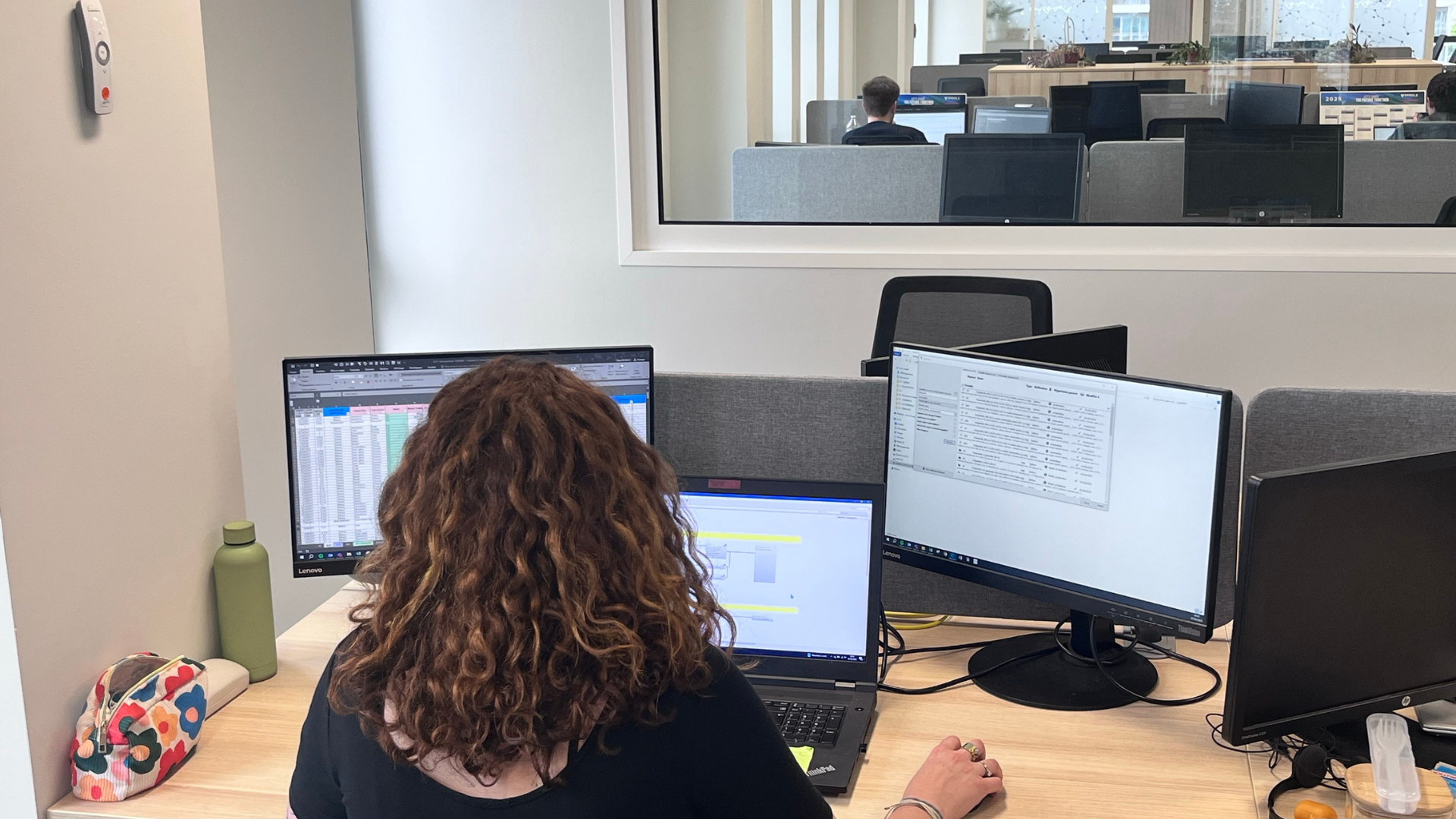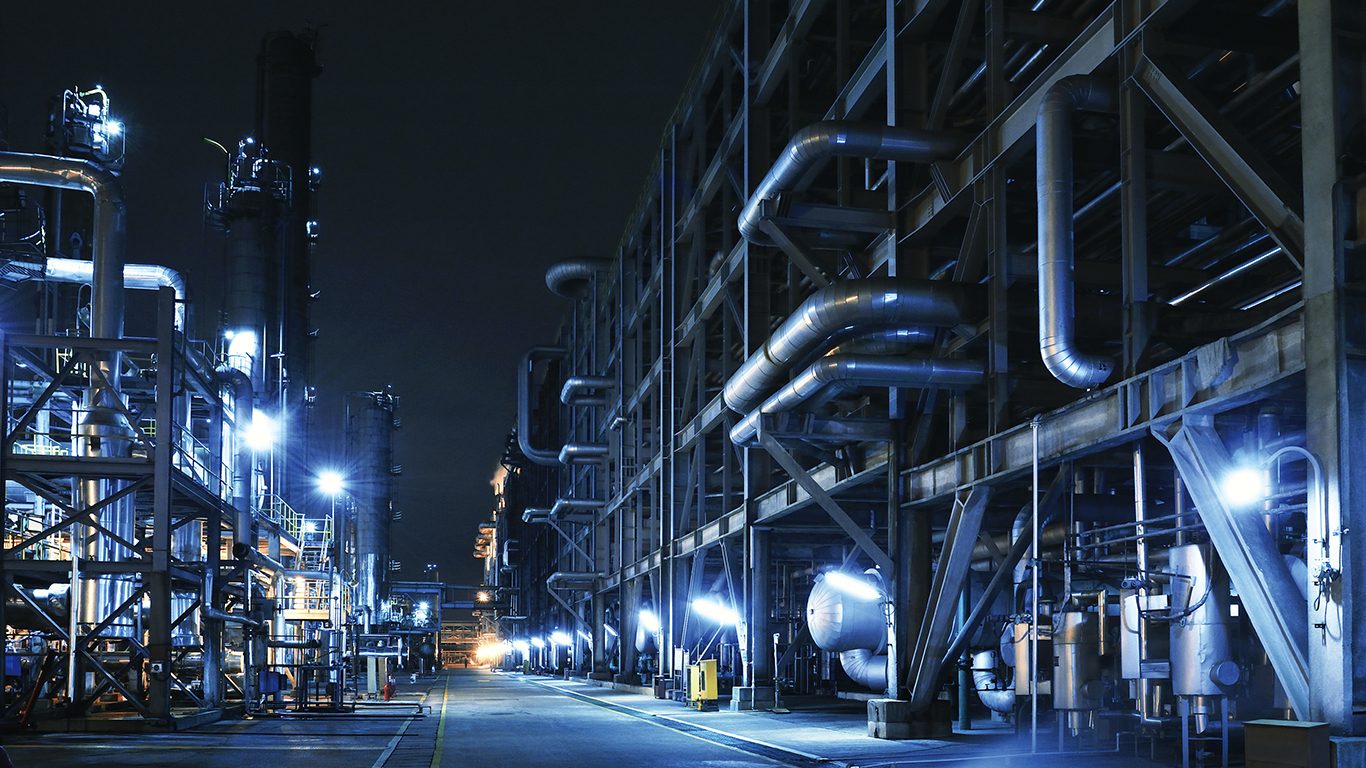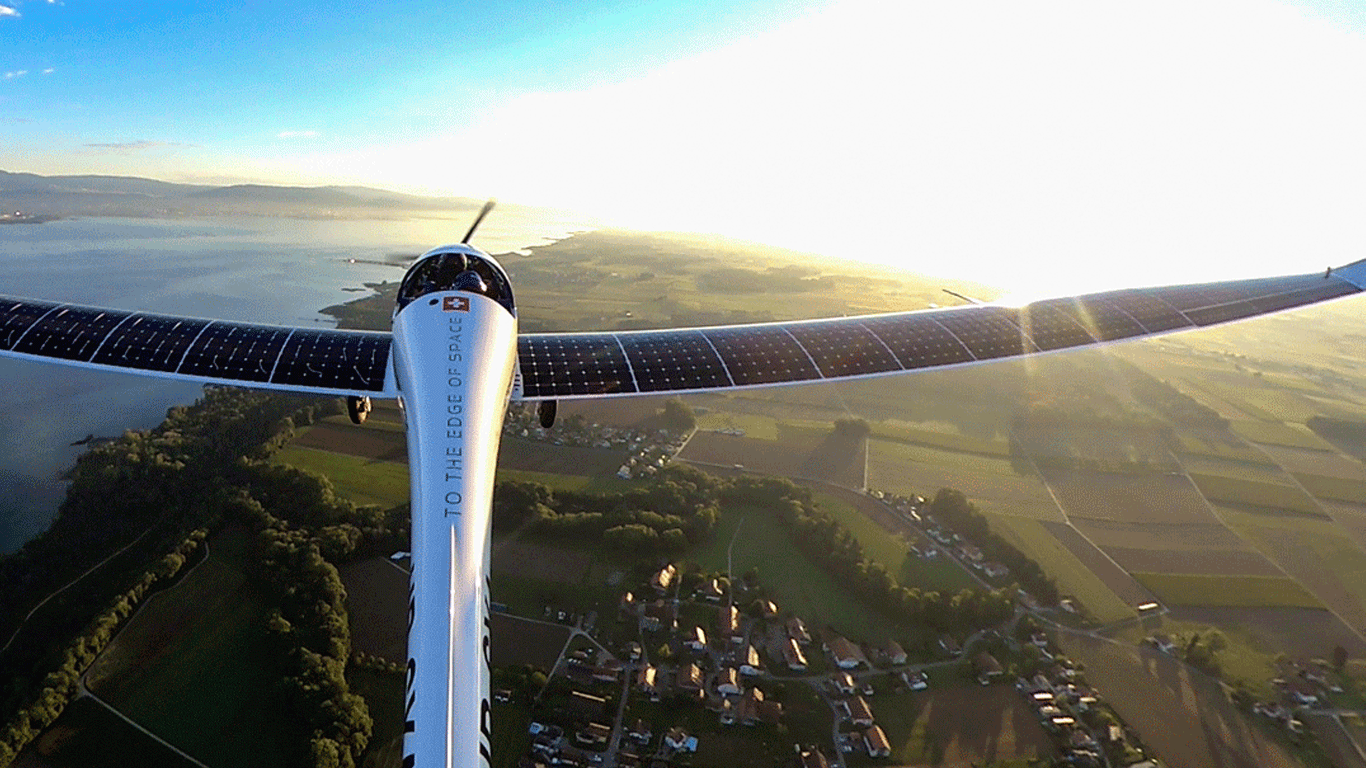
Clara Delpech – AVC engineer and eco-design engineer
LCA, a comprehensive, multi-criteria approach
‘Today in the aviation industry, we receive requests for carbon footprint assessments of our design services right from the tender stage,’ says Clara Delpech, LCA and eco-design engineer at SEGULA. To better understand the importance of LCA in the sector, let’s go back to the basics of the approach. Life Cycle Assessment is a comprehensive environmental assessment tool for a product, taking into account all stages of its life cycle, from raw materials to end of life, including manufacturing, transport and use. ‘LCA is the most advanced standardised tool for assessing the impacts of a product in a comprehensive and multi-criteria manner,’ she continues. ‘The assessment is based on several environmental indicators from a list of 25 (a minimum of three and up to eight). The aim is to avoid what specialists call ‘impact transfer’, a phenomenon whereby improving one environmental aspect leads to the deterioration of another. For example, a change made to a product to reduce its CO2 emissions may increase another environmental indicator at another stage of its life cycle.
This phenomenon highlights the importance of using multiple criteria in LCA to avoid shifting environmental problems rather than actually reducing them. The indicators most often used by SEGULA mentioned by Clara Delpech are those related to climate change, measured in kg of CO2 equivalents, the depletion of mineral and metal resources, and the depletion of fossil resources.
The four steps to a successful LCA
When Clara Delpech conducts an LCA to evaluate a product, she follows a rigorous four-step methodology in accordance with ISO 14040.
The first step is to define the objectives and scope of the study. The idea is to clarify the purpose of the LCA, the scope of the product study and the relevant parameters. ‘It’s in the second stage that we get into the nitty-gritty of the LCA,’ explains Clara Delpech. ‘This highly technical phase, which is essential for establishing a solid basis for the study, requires a Life Cycle Inventory (LCI) to be carried out.’
At this stage, the client must provide a Bill of Materials (BOM), which lists precise details on materials, suppliers, modes of transport and energy consumption. ‘If the client is unable to provide specific data that they have actually measured, I can work from generic data taken from databases, at the risk of straying from the reality of the product and producing a less accurate LCA.’
The third step uses the data collected in the second step to translate it into environmental indicators. This
involves modelling the inflows and outflows during a product’s life cycle using specialised software, such as LCA for Expert used at SEGULA. ‘The difficulty lies in selecting the right data and favouring specific data over generic data. But sometimes we have no choice when the customer does not have the actual information,‘ explains Clara Delpech. ’This is particularly noticeable when modelling end-of-life. In this situation, I systematically apply the “worst-case” principle, in this case incineration or landfill at the end of life, when data is lacking.’
The final step is to interpret the results according to the chosen indicators and write a report, where the critical points of the life cycle are analysed and recommendations are made to reduce these impacts. This report serves as a reference for keeping track of the parameters and assumptions used in the LCA study.
Simplified, comparative or comprehensive LCAs tailored to your needs
SEGULA offers three types of analysis – simplified, comparative and comprehensive – tailored to the objectives of each project. ‘The simplified LCA is mainly for internal use, to provide visibility on the environmental impacts of the product concerned and to quickly guide eco-design or innovation choices,’ explains Clara Delpech. ‘It is an initial estimate, an effective decision-making tool between different hypotheses, sufficient to guide choices.’ SEGULA’s clients request simplified LCAs to target priority areas for reducing their carbon footprint.
In addition, there is the comparative LCA, designed to compare two generations of products. It is based on a rigorous methodology, using homogeneous data sets to ensure consistency between the two versions of the products
studied. The aim is to effectively quantify the environmental improvement of the new product compared to the previous range.
Conversely, a full LCA represents a comprehensive analysis of the entire life cycle, carried out in accordance with ISO procedures.
It is preferably based on actual, measured data, for example to develop breakthrough materials or new aircraft. It allows detailed scenarios to be compared in terms of resin, fibre or process choices. ‘We have produced Environmental Product Declarations (EPDs) for the bus manufacturer IVECO,’ reports Clara Delpech. ‘This project perfectly illustrates the complexity of our LCA work: the bus we studied had 13,000 different parts, and analysing it took several months of data collection from the client and its suppliers!
Unique expertise at the forefront of LCA
SEGULA Technologies’ LCA department stands out thanks to its unique position in the industrial landscape. ‘While this activity is common within agencies dedicated to the environment, it is rare in a multi-activity engineering group,’ emphasises the LCA engineer. ‘Our advantage is our ability to identify and highlight critical environmental issues in a wide range of sectors (aeronautics, but also automotive, rail, space, naval, energy, etc.).’
The real added value lies in SEGULA’s ability to support its customers in reducing the environmental impact of their products, in synergy with its other business lines, such as digital simulation and the development of innovative materials. Today, integrating life cycle analysis is no longer an option. It is a strategic necessity in order to meet regulatory requirements, satisfy market expectations and anticipate environmental challenges.
‘I strongly advise aerospace manufacturers to prepare for this by raising awareness among their teams and streamlining information about their products. It is not technically complex, but it does require anticipation and a methodical approach’.







 FOR A BETTER EXPERIENCE
FOR A BETTER EXPERIENCE